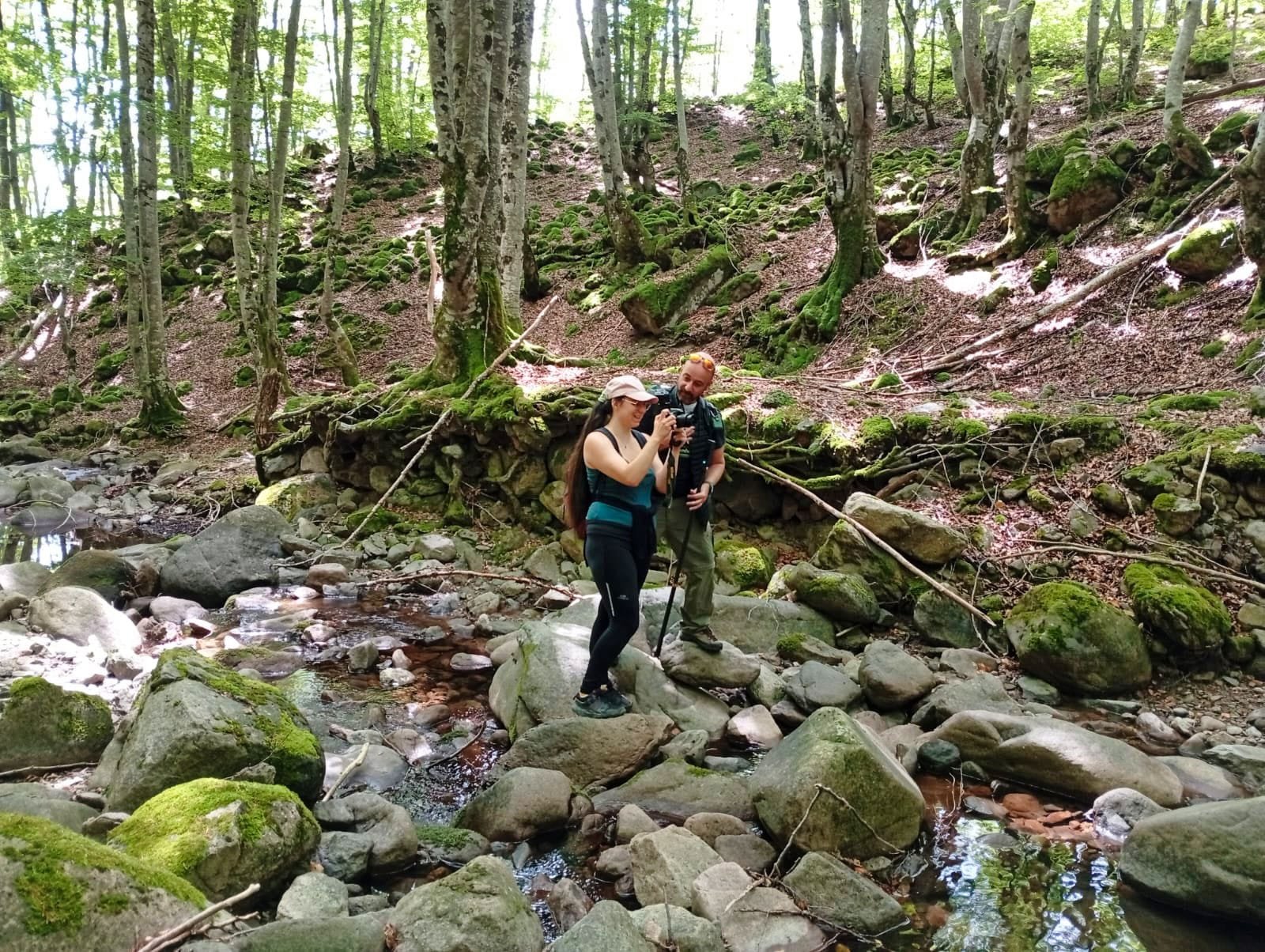Photography is far more than an artistic medium — it’s a language of emotion, awareness, and change.
In an era of endless information, where words often fade into noise, the image remains the most direct and powerful form of communication — especially when it comes to nature and the urgent need to protect it.
As a wildlife photographer, cinematographer, and educator, I’ve seen firsthand how powerful this language can be. During a recent photography workshop in the Fraktos Forest in northern Greece — one of the most pristine forests in Europe and one of the darkest skies in the country — I worked with volunteers from Action for Wildlife on the art of nature photography and astrophotography.
Together, we explored the forest during the day and captured the stars at night. Beyond the technical aspects, the workshop was about something deeper: learning to observe, to wait, to listen. To truly see. The forest became our classroom — a place where silence, patience, and curiosity guided every image.

A photograph of a wild animal, a wounded bird, or a vanishing landscape can move people more than any report or statistic. It can awaken empathy and responsibility, bridging the gap between science and emotion. As Jane Goodall once said, “Only if we understand, will we care. Only if we care, will we help. Only if we help, shall all be saved.”
In Fraktos, I watched young volunteers experience that moment of connection — when the camera stops being a tool and becomes an extension of your own awareness. When the forest no longer feels like a subject, but like a presence you’re part of.
Creating images is not only an act of art; it’s an act of responsibility. Every photograph can become a voice for the voiceless — for the forests, the mountains, the rivers, and the living beings that depend on them.
When photography is practiced with love and respect, it transforms the way we see the world. And perhaps, through that change, it can help us transform the world itself.
What truly fulfills me, though, is sharing this process with others — teaching young people to create images, whether through photography or film, that reflect how they feel and what they stand for. Watching them discover their own visual voice and use it to speak for nature is one of the most rewarding parts of my work.







